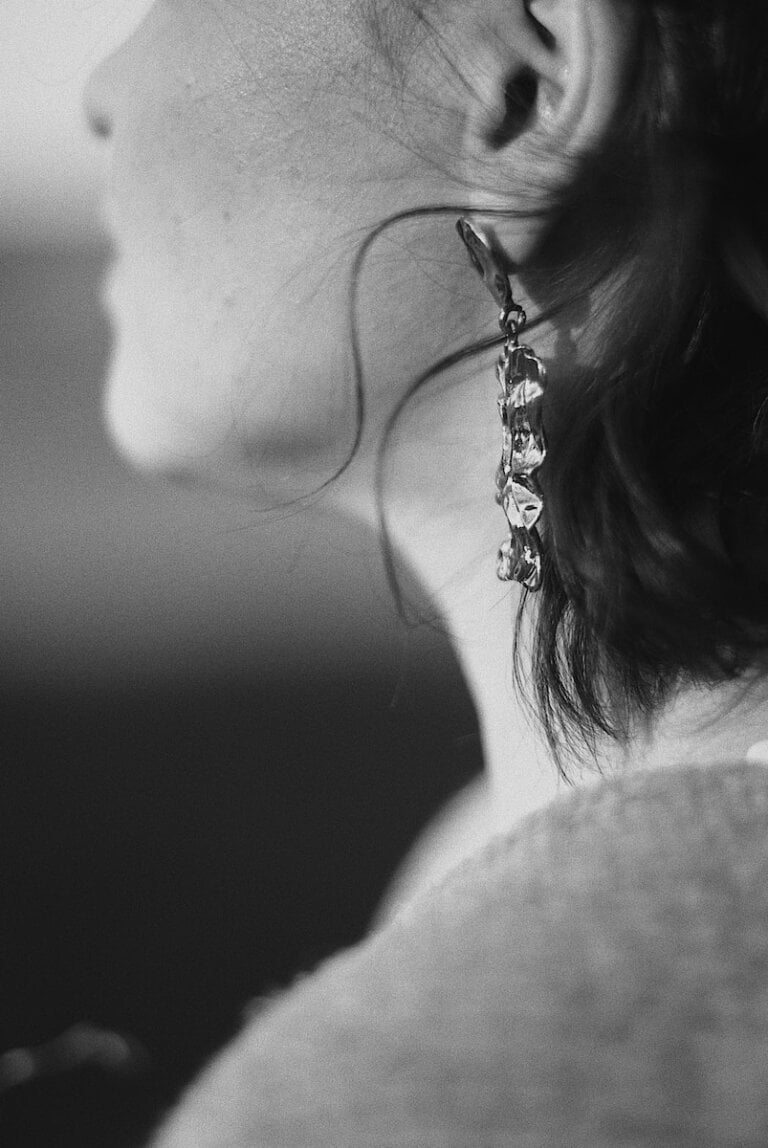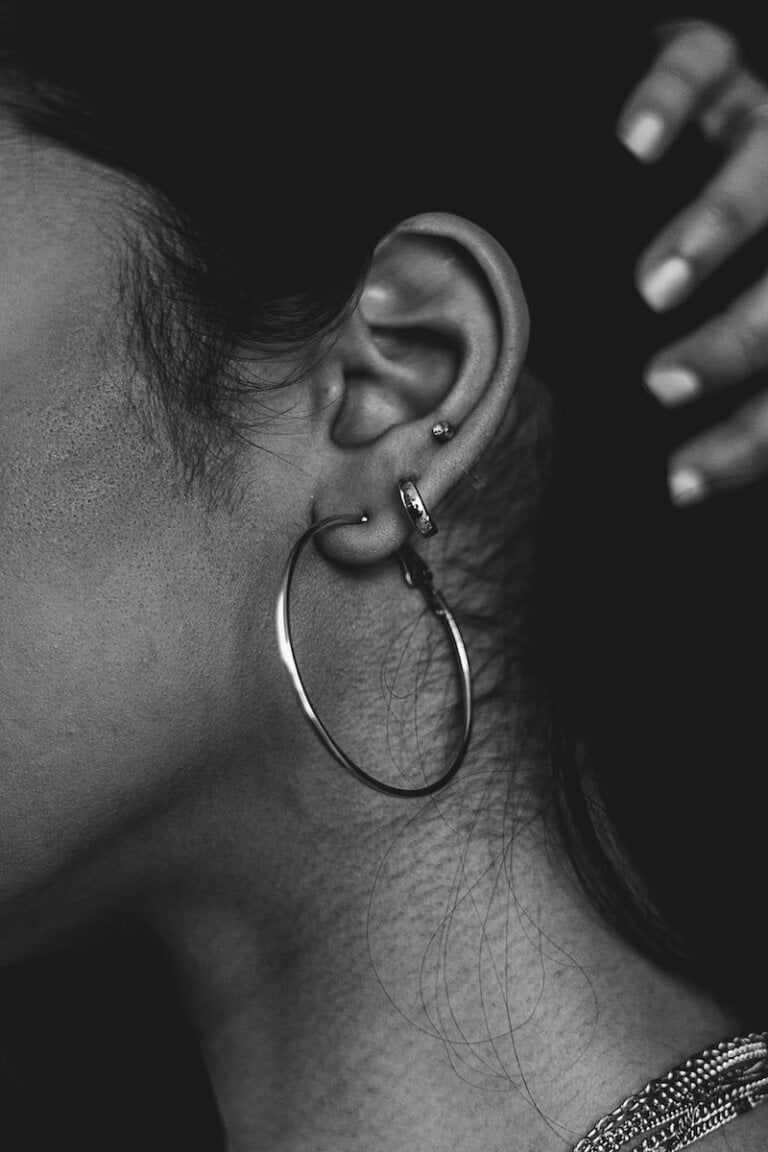Continued Ear Wellness: Maintaining Ear Health after Microsuction Ear Wax Removal
After undergoing microsuction ear wax removal, it is essential to follow certain post-suction care steps to ensure a smooth recovery and maintain ear health. This article will guide you through the immediate steps you should take after the procedure to optimize your healing process.
Why Post-Suction Care is Important?
Post-suction care plays a crucial role in preventing complications and promoting healing after microsuction ear wax removal. The procedure involves the removal of excess wax and debris from the ear canal using a suction device. While it is generally safe and effective, the ear canal may become sensitive and prone to infections if proper care is not taken afterwards.
Taking care of your ears after microsuction is important because:
1. Preventing Infections
Microsuction ear wax removal can leave the ear canal vulnerable to infections. When excess wax is removed, it can leave the ear canal exposed and prone to bacterial or fungal growth. By following post-suction care steps, you can minimize the risk of infections and ensure proper healing.
To prevent infections, it is crucial to avoid water exposure for the first 24 to 48 hours after the procedure. Water can introduce bacteria or irritants into the ear canal, leading to infections. This means you should avoid swimming, taking baths, or showering with water directly entering the ears during this initial healing period.
2. Promoting Healing
By following post-suction care steps, you can promote the healing process and minimize discomfort. Resting and relaxing after the procedure is important to allow your body to recover. Avoid any physical exertion that may increase blood flow to the ears and cause discomfort. Take it easy for at least a few hours to give your body the time it needs to heal.
Keeping your ears clean is another important aspect of post-suction care. While you should avoid water exposure, you can still clean the outer part of your ears using a clean, soft cloth or tissue. Gently wipe away any discharge or wax that may have been loosened during the procedure.
3. Avoiding Damage to the Ear
Inserting foreign objects, such as cotton swabs or fingers, into the ear canal should be avoided after microsuction ear wax removal. This can disrupt the healing process and may even damage the delicate structures of the ear. It is important to let your ears heal naturally without any interference.
Moreover, it is essential to avoid loud noises during the first 24 to 48 hours post-procedure. Excessive noise can cause discomfort and potentially lead to temporary or permanent hearing damage. Protect your ears by minimizing exposure to loud noises during this critical healing period.
Immediate Steps to Take after Microsuction Ear Wax Removal
-
Rest and Relax: After the microsuction ear wax removal procedure, it is important to give yourself some time to rest. Physical exertion can increase blood flow to the ears and cause discomfort. Take it easy for at least a few hours to promote healing.
-
Avoid Water Exposure: Keeping the ears dry for the first 24 to 48 hours after microsuction is crucial. Water exposure can disrupt the healing process and increase the risk of infection. Avoid swimming, taking baths, or showering with water directly entering the ears during this time.
-
Keep Ears Clean: While it is essential to avoid water exposure, you can still clean the outer part of your ears using a clean, soft cloth or tissue. Gently wiping away any discharge or wax that may have been loosened during the procedure can help maintain cleanliness.
- Use a clean, soft cloth or tissue to gently wipe the outer part of the ears.
- Avoid inserting anything into the ear canal to prevent damage.
- Cleaning the outer part of the ears can help remove any loosened discharge or wax.
- Avoid Inserting Anything: Refrain from inserting any foreign objects, such as cotton swabs or fingers, into the ear canal. This can disrupt the healing process and may even damage the delicate structures of the ear. It is best to let your ears heal naturally without any interference.
- Inserting foreign objects can cause damage to the ear canal.
- Avoid using cotton swabs or fingers to clean the ear canal.
- Allow your ears to heal naturally without any interference.
- Avoid Loud Noises: Protect your ears from loud noises, especially during the first 24 to 48 hours after the microsuction procedure. Excessive noise can cause discomfort and potentially lead to temporary or permanent hearing damage. Minimize exposure to loud noises during this critical healing period.
- Loud noises can cause discomfort and potential hearing damage.
- Avoid exposing your ears to excessive noise during the healing process.
- Protect your ears by minimizing exposure to loud noises.
- Follow Medication Instructions: If your healthcare provider prescribed any eardrops or medications, make sure to follow the instructions carefully. These medications may be necessary to prevent infections or reduce inflammation. If you experience any adverse reactions, contact your healthcare provider immediately.
- Follow the prescribed medication instructions for optimal healing.
- Eardrops or medications may be necessary to prevent infections.
- Contact your healthcare provider if you experience any adverse reactions.
- Avoid Earphones and Headphones: Minimize the use of earphones and headphones, especially if they are inserted into the ear canal. These devices can increase the risk of infection and hinder the healing process. It is best to avoid using them during the initial healing period.
- Earphones and headphones can increase the risk of infection.
- Minimize the use of these devices, especially if inserted into the ear canal.
- Avoid using earphones and headphones during the initial healing period.
- Maintain Good Hygiene: Keeping your ears and the surrounding area clean and dry is important for optimal healing. Avoid using hair products or cosmetics near the ears, as they can potentially irritate the healing skin. Be mindful of any allergies you may have and avoid exposure to potential irritants.
- Maintain good hygiene by keeping the ears and surrounding area clean and dry.
- Avoid using hair products or cosmetics near the ears to prevent irritation.
- Be cautious of potential irritants and allergens that can affect the healing process.
- Watch for Signs of Infection: It is important to monitor your ears for any signs of infection after microsuction ear wax removal. Increased pain, redness, swelling, discharge with a strong odor, or fever may indicate an infection. If you notice any of these symptoms, contact your healthcare provider for further evaluation and treatment.
- Monitor your ears for signs of infection, such as pain, redness, or swelling.
- Discharge with a strong odor or fever may also indicate an infection.
- Contact your healthcare provider if you notice any signs of infection for proper evaluation and treatment.
- Follow Up with Your Healthcare Provider: Attending any follow-up appointments scheduled by your healthcare provider is important for proper post-suction care. They will assess your progress, clean the ears if necessary, and address any concerns or questions you may have.
- Follow up with your healthcare provider as scheduled for optimal care.
- They will assess your progress and address any concerns or questions.
- Your healthcare provider may clean the ears if necessary during the follow-up appointment.
Conclusion
Proper post-suction care is vital for a smooth recovery and optimal healing after microsuction ear wax removal. By following the immediate steps outlined in this article, you can minimize the risk of complications and promote the well-being of your ears. Remember to consult with your healthcare provider for personalized advice and guidance based on your specific situation.
1. Why is post-suction care important after microsuction ear wax removal?
Post-suction care is important to prevent infections and promote healing after microsuction ear wax removal. It helps minimize the risk of complications and ensures proper recovery.
2. How can I prevent infections after microsuction ear wax removal?
To prevent infections, avoid water exposure for the first 24 to 48 hours after the procedure. This means no swimming, bathing, or showering with water directly entering the ears during this initial healing period.
3. Can I clean my ears after microsuction?
While you should avoid water exposure, you can clean the outer part of your ears using a clean, soft cloth or tissue. Gently wipe away any discharge or wax that may have been loosened during the procedure.
4. Should I avoid inserting anything into my ear after microsuction?
Yes, it is important to avoid inserting any foreign objects, such as cotton swabs or fingers, into the ear canal. This can disrupt the healing process and may damage the delicate structures of the ear. Let your ears heal naturally without any interference.







